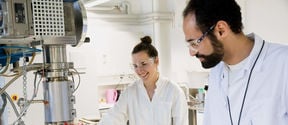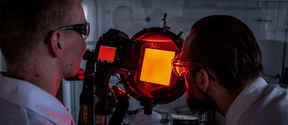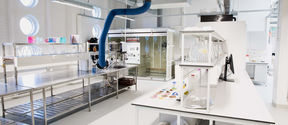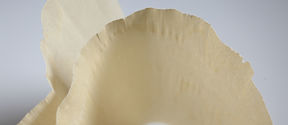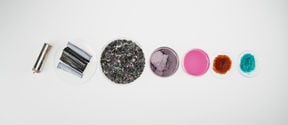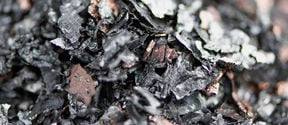Institutionen för bioprodukter och bioteknik
Institutionen för bioprodukter och bioteknik (Bio2) ligger i framkant vad gäller teknik för skogsprodukter och den senaste bioteknologin.
Verksamheten vid Bio2 leder i slutändan till innovativa produkter och lösningar för tillämpningar inom allt från byggnation och textilier till biomaterial, energi och biomedicin.
